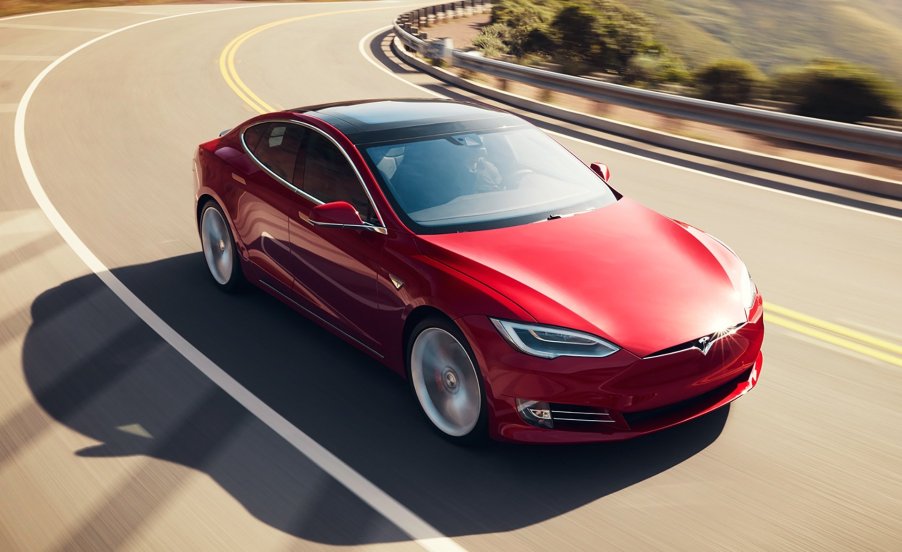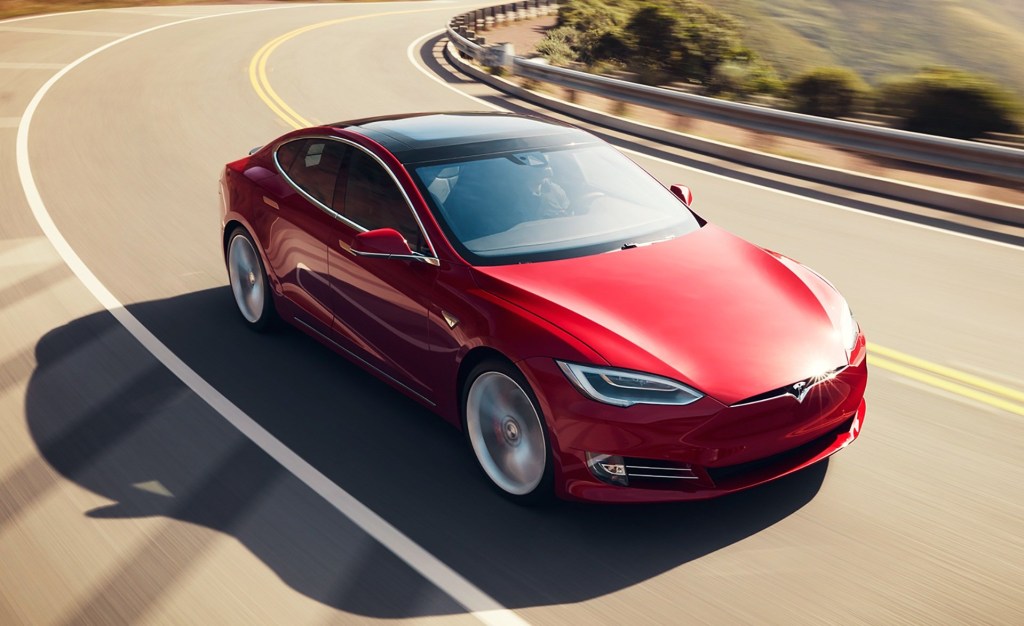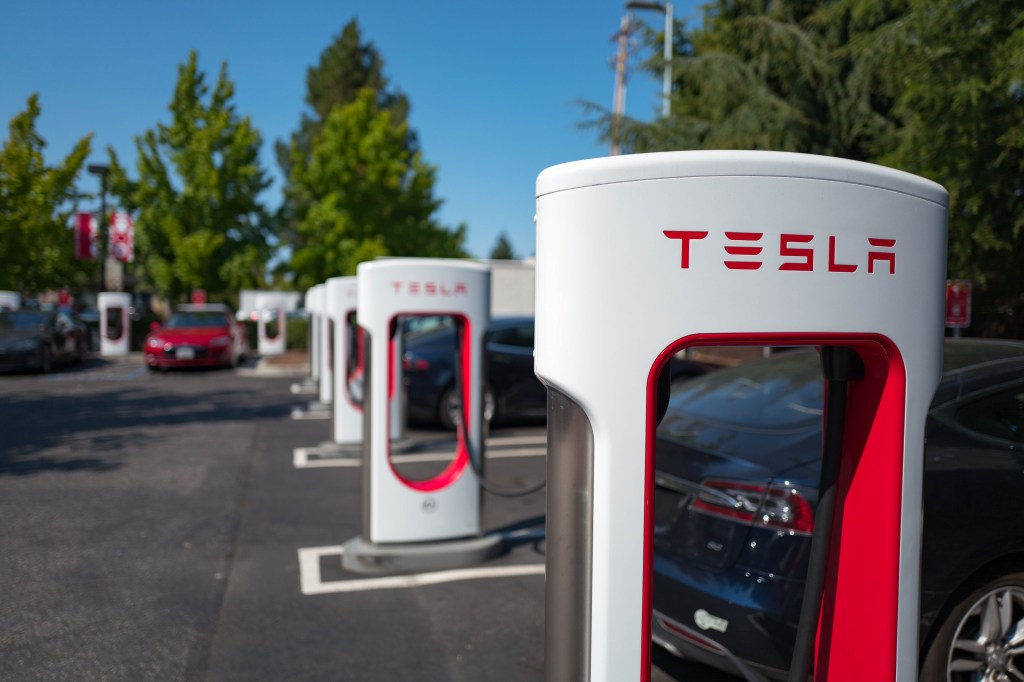
How the Tesla Models S Could Kill Range Anxiety
The Tesla Model S is shaking up the electric vehicle market. The EV category is one of the fastest-growing in the automotive industry. Brands are pledging to end the production of ICE vehicles, and charging infrastructure has become a focus. One issue that consistently keeps potential EV buyers from converting is range anxiety. The fear of being stranded too far from a charging facility. The Tesla Model S could be set to change that. Recent data from a Car and Driver road test suggest that EVs are ready to replace many ICE vehicles.

Range anxiety is real and valid
Range anxiety describes the apprehension electric vehicle drivers feel about making it to their destinations before needing a charge. It’s a natural feeling when there’s a limited number of Tesla chargers available and only in select locations. As EVs increase in range and charging becomes easier, this feeling will naturally pass. There arealready signs that it’s on the way out and the Model S is part of the reason why.
Charging infrastructure hasn’t kept up with the spread of electric vehicles. Consumer demands for more charging stations have prompted investors to expand the network. This uneven distribution of charging stations is a major source of logistical concern for Tesla owners.
Market observations make it clear that high prices do not deter EV buyers. Starting MSRPs for electric vehicles can cost twice as much as gas-powered options, but sales are rising. When range anxiety is no longer a factor, sales are likely to go up even more. EV makers have been throwing resources and development into increasing battery life and range to close this gap. That work is starting to pay huge returns.
Tesla Model S is the first EV in Car and Driver testing history to pass 300 miles

Car and Driver are famous for its rigorous fuel range and fuel economy testing. Every factor down to the weather and traffic conditions is controlled as highly as possible to ensure test data remains consistent. The same out and back 100-mile loop of Michigan’s I-94 is used as the test track. Every vehicle is driven at 75 miles per hour under specific fueling or charging guidelines.
The Tesla Model S Long Range Plus put down 320 miles under these conditions. Testers were particularly impressed by the security they felt in the Model S. In previous EV tests, the course had to be shortened, and many testers felt stress about making it back. The log range plus eliminated that worry.
This gives the EV a range comparable to many ICE vehicles on the road today. The technology to give electric vehicles equal range to their ICE rivals is already on the road today. Given the coming expansion of the charging grid, there will no longer be major roadblocks to EV’s ruling the roads.






